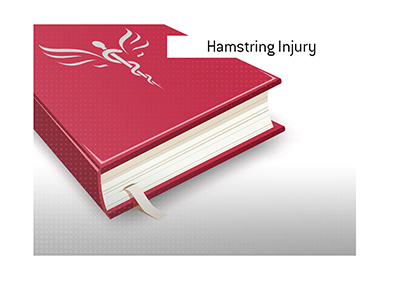Definition of Hamstring Injury
Featured Offer:
Bet £10 & Get £30 in Free Bets
Use Bonus Code:
THEKING
Open Account Offer. Bet £10 & Get £30 in Free Bets for new customers at bet365. Min deposit requirement.
Free Bets are paid as Bet Credits and are available for use upon settlement of bets to value of qualifying deposit.
Min odds, bet and payment method exclusions apply. Returns exclude Bet Credits stake. Time limits and T&Cs apply.
Registration required. The bonus code THEKING can be used during registration, but does not change the offer amount in any way.
18+ only. Gamble responsibly.


 The first level of strain includes a couple tears in the muscle and might include some discomfort/swelling. Grade two is a partial tear, with more noticeable swelling and more pain in the leg the more it moves. Grade three is a complete tear that severely affects all movement and causes noticeable swelling.
The first level of strain includes a couple tears in the muscle and might include some discomfort/swelling. Grade two is a partial tear, with more noticeable swelling and more pain in the leg the more it moves. Grade three is a complete tear that severely affects all movement and causes noticeable swelling. 